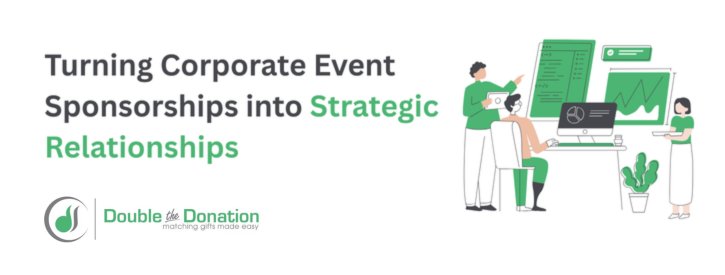 https://doublethedonation.com/wp-content/uploads/2025/08/Turning-Corporate-Event-Sponsorships-into-Strategic-Relationships_Feature-1.png
275
725
Adam Weinger
https://doublethedonation.com/wp-content/uploads/2025/11/DTD-horizontal-logo-300x63.png
Adam Weinger2025-08-11 18:00:502025-11-21 07:00:57Turning Corporate Event Sponsorships into Strategic Relationships
https://doublethedonation.com/wp-content/uploads/2025/08/Turning-Corporate-Event-Sponsorships-into-Strategic-Relationships_Feature-1.png
275
725
Adam Weinger
https://doublethedonation.com/wp-content/uploads/2025/11/DTD-horizontal-logo-300x63.png
Adam Weinger2025-08-11 18:00:502025-11-21 07:00:57Turning Corporate Event Sponsorships into Strategic Relationships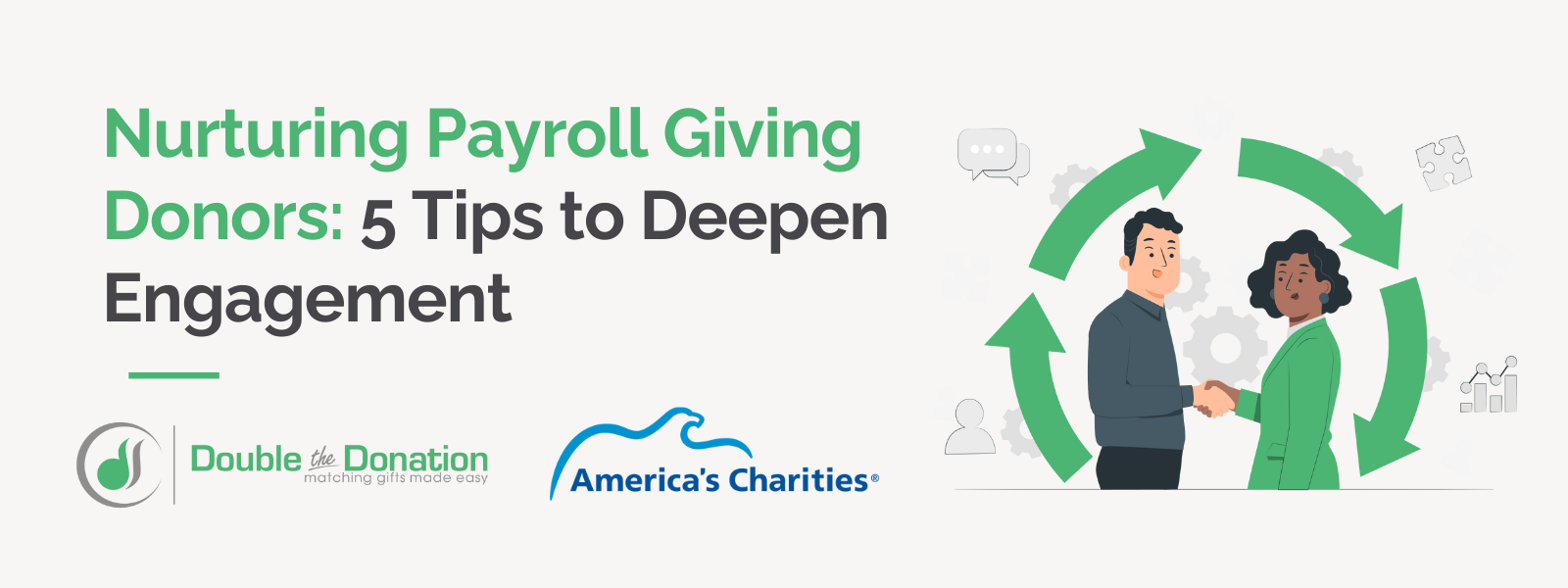 https://doublethedonation.com/wp-content/uploads/2025/08/Americas-Charities_DTD_Nurturing-Payroll-Giving-Donors-5-Tips-to-Deepen-Engagement_Feature-1.png
600
1600
Adam Weinger
https://doublethedonation.com/wp-content/uploads/2025/11/DTD-horizontal-logo-300x63.png
Adam Weinger2025-08-04 14:21:492025-11-21 04:45:40Nurturing Payroll Giving Donors: 5 Tips to Deepen Engagement
https://doublethedonation.com/wp-content/uploads/2025/08/Americas-Charities_DTD_Nurturing-Payroll-Giving-Donors-5-Tips-to-Deepen-Engagement_Feature-1.png
600
1600
Adam Weinger
https://doublethedonation.com/wp-content/uploads/2025/11/DTD-horizontal-logo-300x63.png
Adam Weinger2025-08-04 14:21:492025-11-21 04:45:40Nurturing Payroll Giving Donors: 5 Tips to Deepen Engagement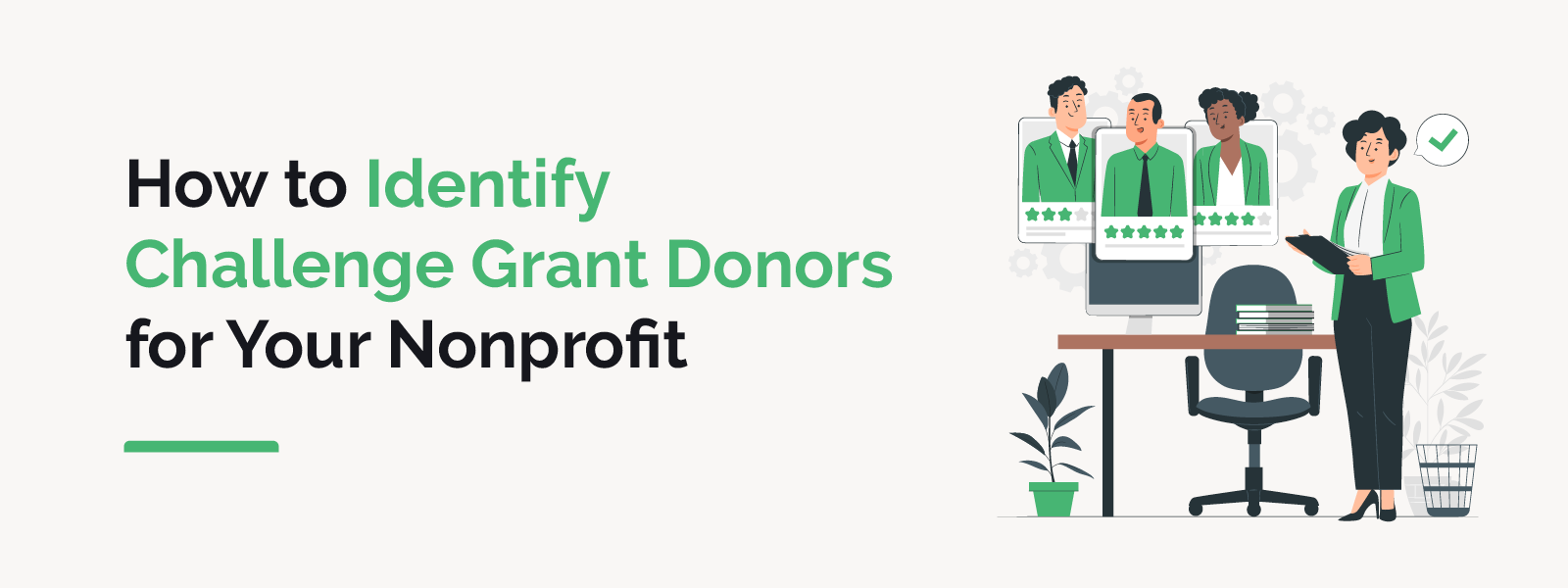 https://doublethedonation.com/wp-content/uploads/2025/07/DTD_How-to-Identify-Challenge-Grant-Donors-for-Your-Nonprofit_Feature.png
600
1600
Adam Weinger
https://doublethedonation.com/wp-content/uploads/2025/11/DTD-horizontal-logo-300x63.png
Adam Weinger2025-08-01 14:36:312025-11-21 04:40:33How to Identify Challenge Grant Donors for Your Nonprofit
https://doublethedonation.com/wp-content/uploads/2025/07/DTD_How-to-Identify-Challenge-Grant-Donors-for-Your-Nonprofit_Feature.png
600
1600
Adam Weinger
https://doublethedonation.com/wp-content/uploads/2025/11/DTD-horizontal-logo-300x63.png
Adam Weinger2025-08-01 14:36:312025-11-21 04:40:33How to Identify Challenge Grant Donors for Your Nonprofit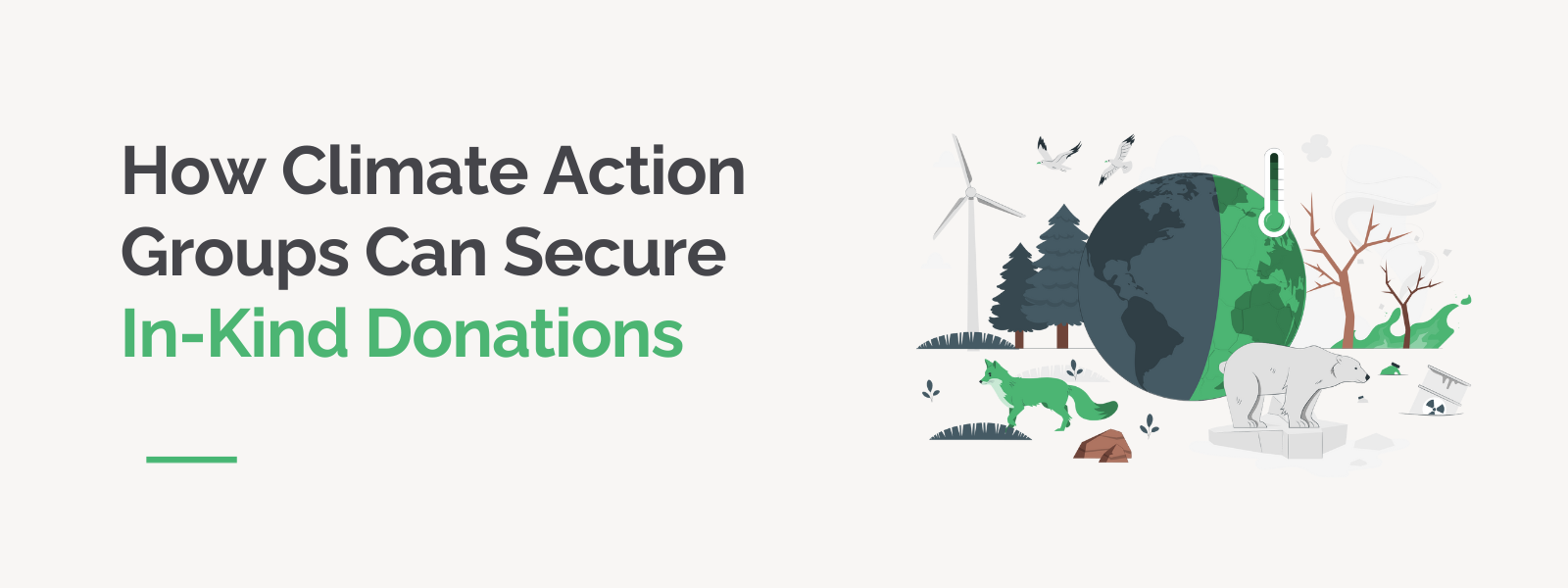
How Climate Action Groups Can Secure In-Kind Donations
Climate action groups play a vital role in addressing environmental…
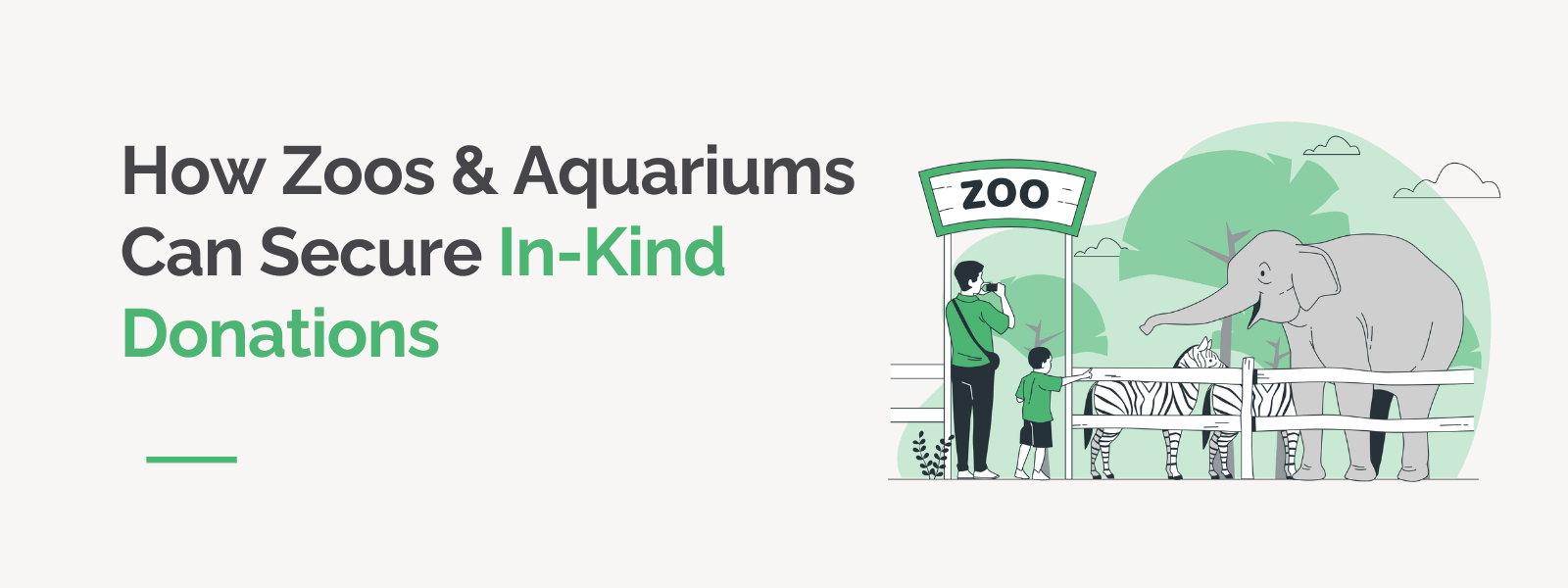
How Zoos & Aquariums Can Secure In-Kind Donations
Zoos and aquariums play a vital role in wildlife conservation,…
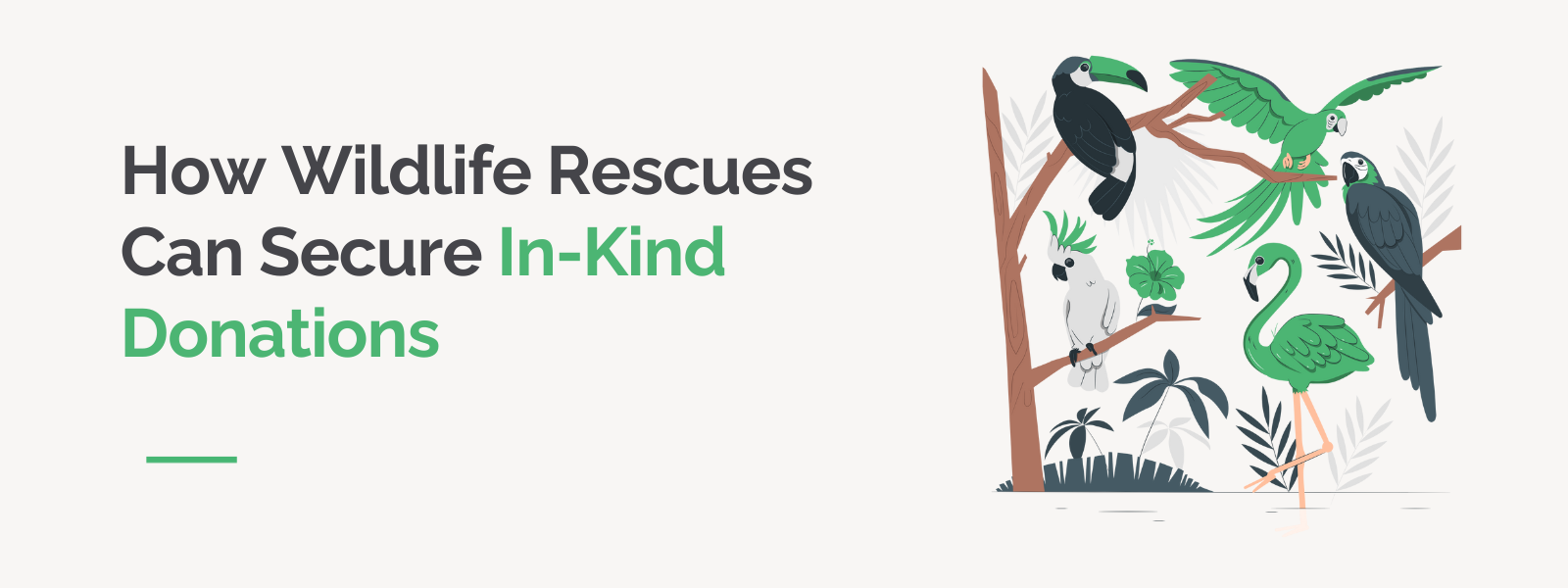
How Wildlife Rescues Can Secure In-Kind Donations
Wildlife rescues play a vital role in protecting and rehabilitating…

How Arts Education Nonprofits Can Secure In-Kind Donations
Arts education nonprofits play a vital role in nurturing creativity,…
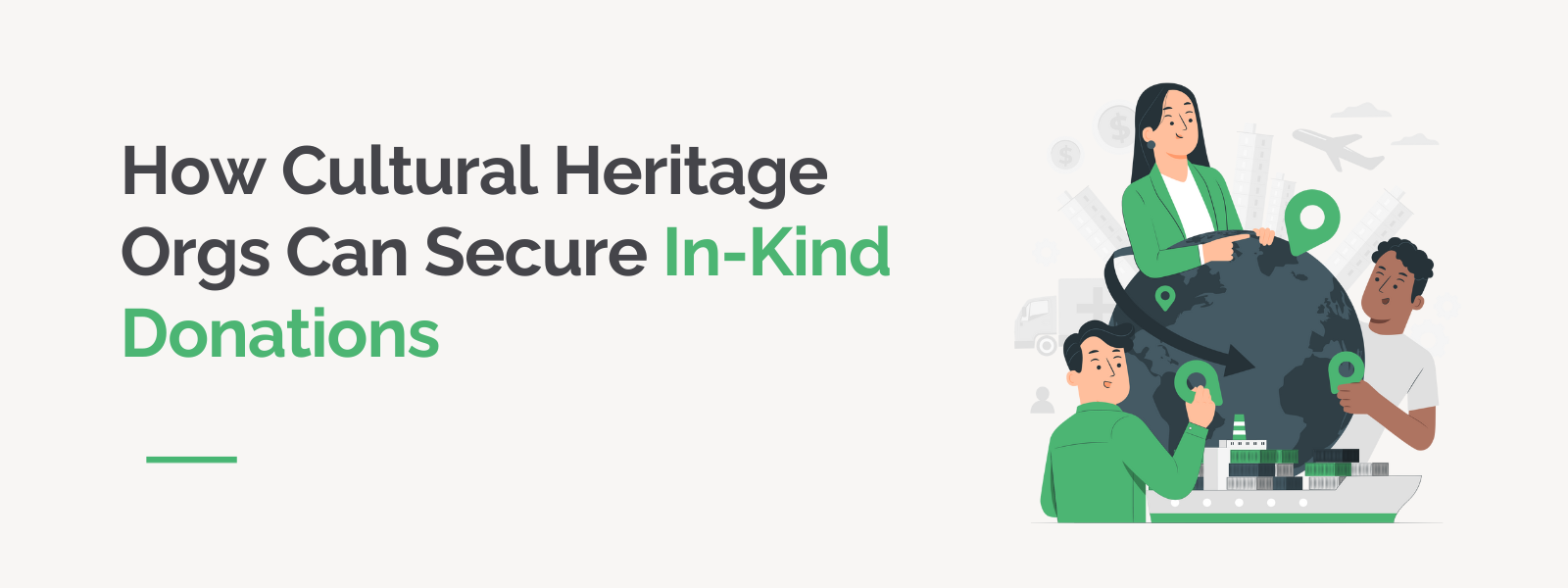
How Cultural Heritage Orgs Can Secure In-Kind Donations
In-kind donations are a vital resource for cultural heritage…
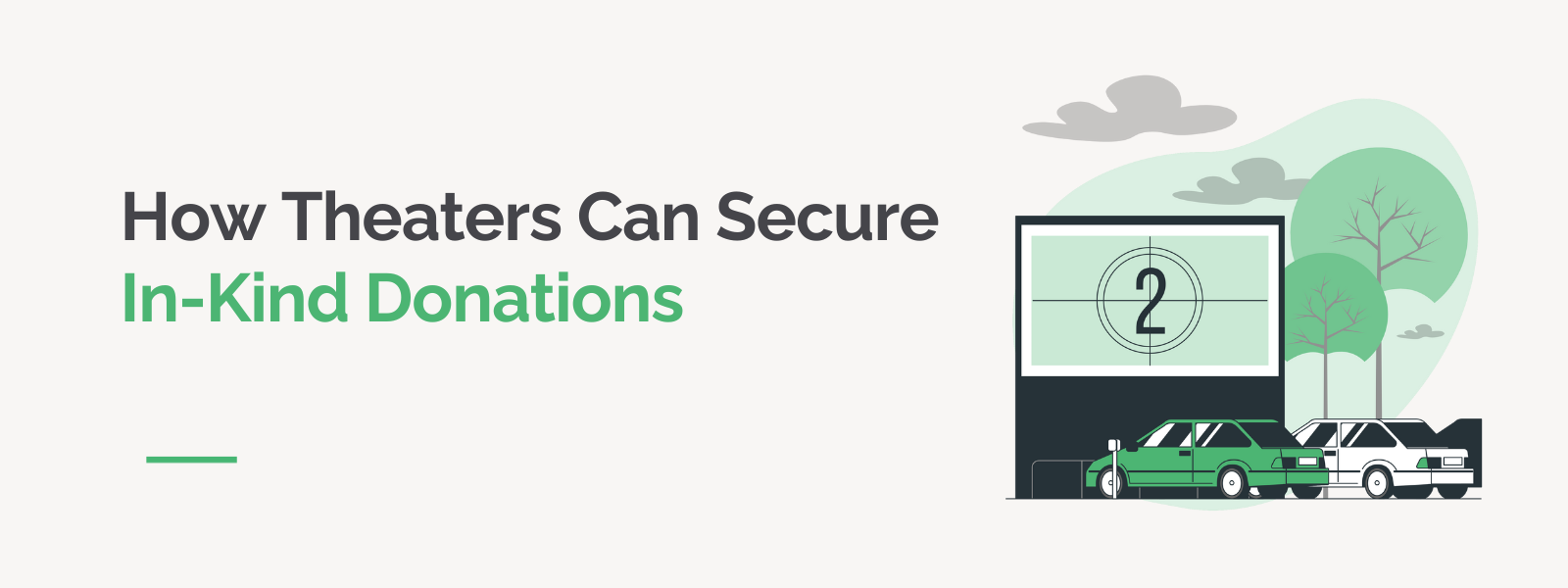
How Theaters Can Secure In-Kind Donations
In-kind donations are a vital resource for theaters looking to…
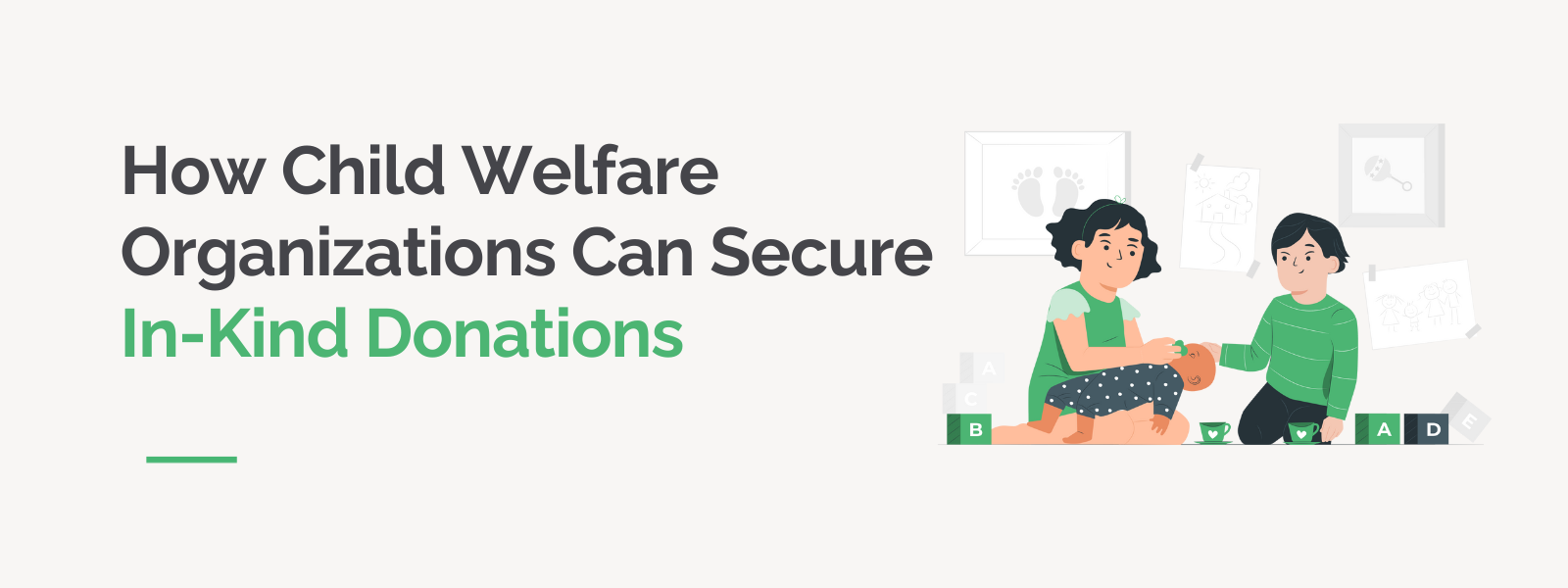
How Child Welfare Organizations Can Secure In-Kind Donations
Child welfare organizations play a vital role in supporting vulnerable…

